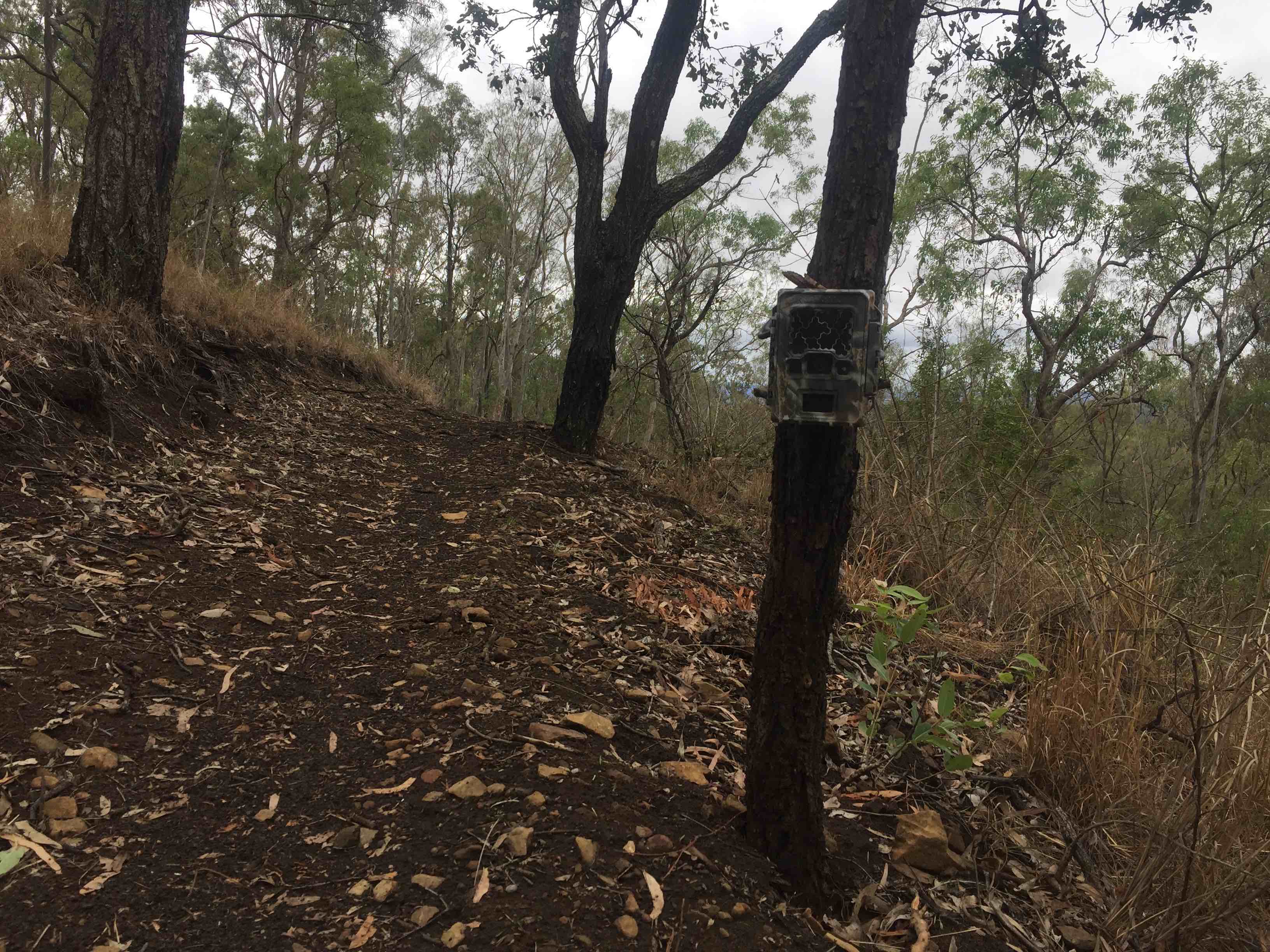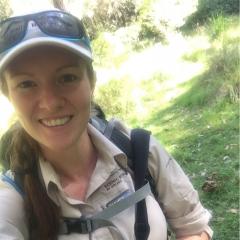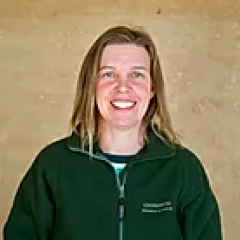Background
The European red fox (Vulpes vulpes) was first introduced to Australia for sporting (hunting) purposes in 1845 (Abbott 2011). It was recognised as a highly invasive meso-predator pest species as early as 1893, thriving in almost every available habitat extensively across the country (excluding the far northern, tropical regions). Meso-predators such as the fox are more adapted to habitat fragmentation than their hierarchal apex predators such as the dingo or wild dog, resulting in habitat-mediated meso-predator release and increased negative impacts on the ecosystem (Doherty et al. 2015). No other continent in the world has seen a greater impact of invasive predators to biodiversity than what has occurred in Australia (Glen et al. 2011), highlighting the importance of further research into reliable methods of determining red fox abundance, to assist with their management in areas with scarce information such as those in South East Queensland.
Foxes are notoriously difficult to survey to obtain accurate abundance estimates (Vine et al. 2009; Monterroso et al. 2014). Due to the fox’s non-specific diurnal, nocturnal and crepuscular habits (Díaz‐Ruiz et al. 2016), as well as their wide range of habitat use, several non-invasive census techniques have been deployed to determine relative abundance of foxes (Cavallini 1994; Gompper et al. 2006; Long et al. 2007). Non-invasive methods of collecting and quantifying data can be uncertain because animals can’t be identified individually due to imperfect detections of signs or tracks (Gompper et al. 2006). It is therefore recommended that multiple independent techniques be incorporated and the value quantitatively contrasted within abundance studies (Gompper et al. 2006).
Aims
- To compare efficacy of four different fox survey techniques in a site-specific context and assess the potential development of an appropriate multi-method metric to assist with fox management
- To estimate the current fox population across three properties in south east Queensland: Hidden Vale, Mt Mistake and Peak Station
- To explore the relationship of cattle and track (vehicle & bike) density with fox activity levels and abundance on these properties
Methodology
Within the properties of Old Hidden Vale, Mt. Mistake and Peak Station, four non-invasive survey methods were conducted between October 2018 and January 2019. Scat accumulations, infrared camera traps, soil plots and a detection dog were used to obtain red fox relative abundance indices.
Within each property, mountain bike trail and/or fire roads were searched for predator scats, and all scats collected were sent to Scats About for professional identification and content analysis. Infrared cameras were deployed in each property along mountain bike rails, fire roads or intersections, and soil plots were constructed across each site on mountain bike trails and/or fire roads.
The detection dog searched each property for evidence of foxes and the dog’s ‘indications’ were categorised to create an index of relative abundance, as opposed to presence/absence.
Stocking rates of livestock and track densities were also obtained to help establish any relationship between fox abundance and livestock numbers or track densities.

Outcomes
The use of multiple survey methods was beneficial in not only providing a multi-method index, but a way of decreasing method bias. Providing the detection dog with categories potentially increased the accuracy and detectability of the results, also allowing all finds to be documented rather than just confirmed finds.
Differences in fox relative abundance between properties can be due to factors including number of den sites, livestock influences, differences in prey abundance, elevation and baiting practices. Fox occurrences were potentially affected by livestock grazing levels and the density of tracks, through higher stocking rates potentially influencing vegetation cover, and tracks increasing fox accessibility into habitat.
These results provide data for monitoring long-term trends of fox abundance to assist in the development of fox adaptive management programs in this region.
References
Abbott, I 2011, 'The importation, release, establishment, spread, and early impact on prey animals of the red fox Vulpes vulpes in Victoria and adjoining parts of south-eastern Australia', Australian Zoologist, vol. 35, no. 3, pp. 463-533.
Cavallini, P 1994, 'Faeces count as an index of fox abundance', Acta theriologica, vol. 39, no. 4, pp. 417-24.
Díaz‐Ruiz, F, Caro, J, Delibes‐Mateos, M, Arroyo, B & Ferreras, P 2016, 'Drivers of red fox (Vulpes vulpes) daily activity: prey availability, human disturbance or habitat structure?', Journal of Zoology, vol. 298, no. 2, pp. 128-38.
Doherty, TS, Dickman, CR, Nimmo, DG & Ritchie, EG 2015, 'Multiple threats, or multiplying the threats? Interactions between invasive predators and other ecological disturbances', Biological Conservation, vol. 190, no. C, pp. 60-8.
Glen, AS, Pennay, M, Dickman, CR, Firestone, BA, Firestone, KB, Wintle, KB & Glen, KB 2011, 'Diets of sympatric native and introduced carnivores in the Barrington Tops, eastern Australia', Austral Ecology, vol. 36, no. 3, pp. 290-6.
Gompper, ME, Kays, RW, Ray, JC, Lapoint, SD, Bogan, DA & Cryan, JR 2006, 'A Comparison of Noninvasive Techniques to Survey Carnivore Communities in Northeastern North America', Wildlife Society Bulletin, vol. 34, no. 4, pp. 1142-51.
Long, RA, Donovan, TM, Mackay, P, Zielinski, WJ & Buzas, JS 2007, 'Comparing scat detection dogs, cameras, and hair snares for surveying carnivores', Journal of Wildlife Management, vol. 71, no. 6, pp. 2018-25.
Monterroso, P, Rich, L, Serronha, A, Ferreras, P & Alves, P 2014, 'Efficiency of hair snares and camera traps to survey mesocarnivore populations', European Journal of Wildlife Research, vol. 60, no. 2, pp. 279-89.
Vine, SJ, Crowther, MS, Lapidge, SJ, Dickman, CR, Mooney, N, Piggott, MP & English, AW 2009, 'Comparison of methods to detect rare and cryptic species: a case study using the red fox (Vulpes vulpes)', Wildlife Research, vol. 36, no. 5, pp. 436-46.
Acknowledgements
Hidden Vale Wildlife Project Research Support Funding
Bellden Environmental Services
All volunteers involved with the project



